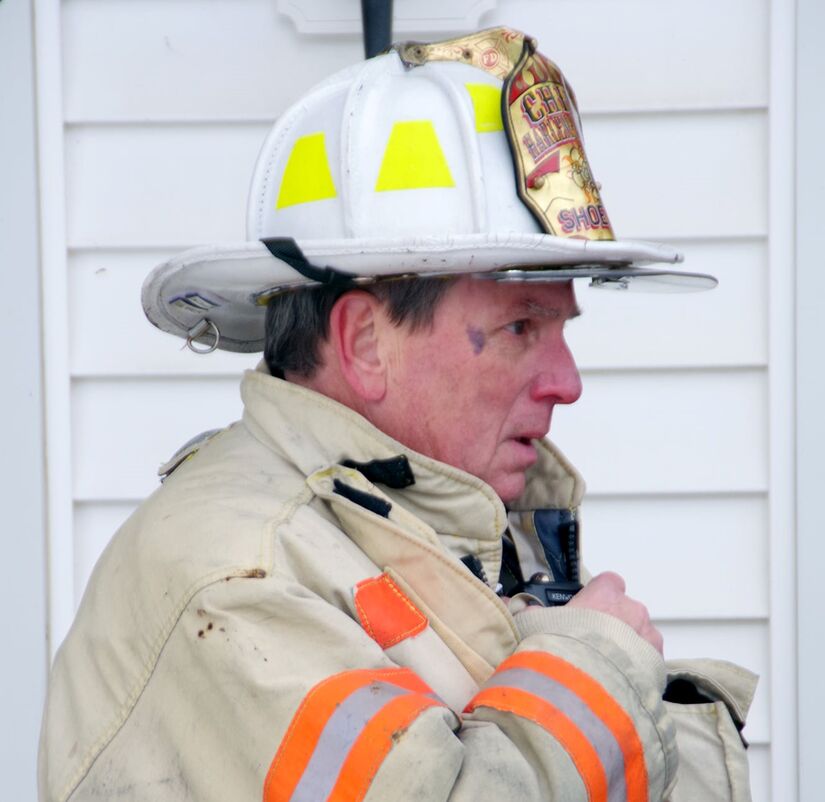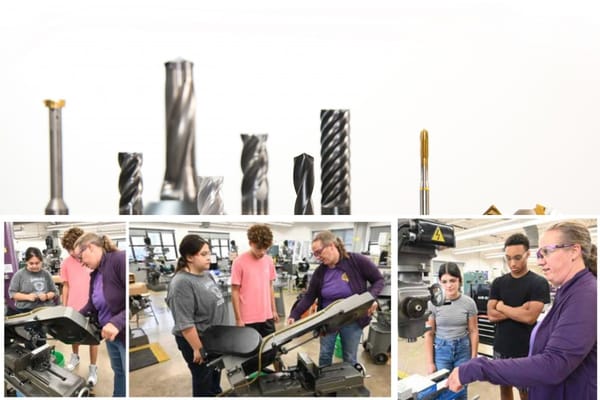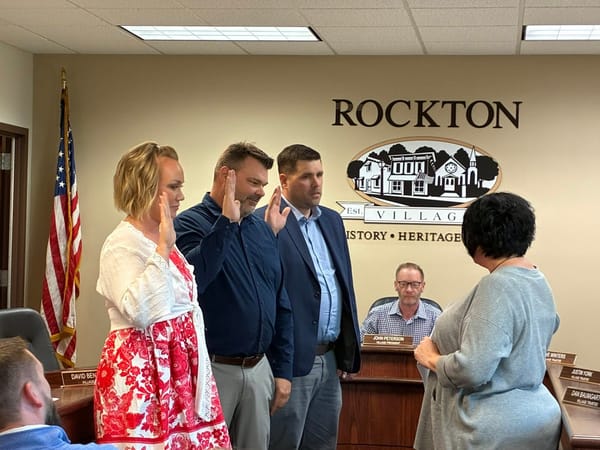Chief Don Shoevlin talks about opioids: feeling immortal can be dangerous
Chief Don Shoevlin says, "We all need to be positive role models."

For the third part of our series on opioid overdoses in Roscoe, we talked to Harlem-Roscoe Fire Chief Don Shoevlin. Beginning his career as a volunteer firefighter, Shoevlin has been chief since 2008. Medical emergencies account for over 70% of his department’s total emergency calls. Often his paramedics are the first on the scene of a drug overdose.
Sometimes we assume most drug addicts are from impoverished, inner-city minorities. But that doesn't describe the residents of Roscoe, where 25 people died of drug overdoses in 2020.
Most residents of the Harlem-Roscoe Fire Protection District, and two of their three fire stations, are in Roscoe. Of the 18 opioid or possible opioid overdose victims the department has dealt with since January 2020, 83% were white, 11% were black, and 5% were Hispanic. 39% were over 30.
When we asked Chief Don Shoevlin what middle class opioid users are like, he remarked that they are a lot like lower class opioid users, or upper class opioid users. "Often the primary factor found in opioid abuse cases," he says, is having seen opioid abuse in their everyday environment, "whether that be an adolescent or teen witnessing a sibling, mother, father, or other family member using opioids, or in the case of younger people, simply who they associate with at school."
You can support your local news for about 16 cents a day.
How do first responders feel when they show up to deal with a suspected drug overdose? Chief Don Shoevlin says, "Our job is to help those who call, not to judge them," and adds that, unfortunately, there are times that first responders have been called to help their own family, friends, or acquaintances, though not necessarily because of an overdose. "It doesn't matter the type of call," says Shoevlin, "We will treat everyone with the utmost respect. We try to treat every patient the way we would want and expect our family members to be treated."
A single mislabeled pill, laced with enough fentanyl, can kill a casual user, including someone who isn't addicted to drugs or even has never used opioids before. So we asked Chief Shoevlin if he had any insight into why people would take a pill without knowing whether it would kill them or not.
Chief Shoevlin says that the longer people escape the consequences of their illicit drug use, the more likely they are to feel "immortal," especially younger people. This dangerous pattern often leads to "stronger substances, unknown substances, and experimental substances." Maybe the substance is much more concentrated than they thought, or more likely in today’s world, it's laced with other "synergistic substances creating a much more intense high, and often leading to death."

Why would pill makers mislabel their products if it might kill their customers? Shoevlin points out that, after all, there's no FDA regulation on street drugs. "Much of the reason that drug dealers are willing to add fentanyl to heroin is the costs," he says. He quotes the Milwaukee Journal Sentinel, which found that a drug dealer can buy a kilogram of fentanyl for $2,000-$3,000 instead of paying roughly $60,000 for a kilogram of heroin. "For the drug dealers," says Shoevlin, "it simply comes down to economics."
Our previous story noted that Americans are more comfortable taking pills than drugs in another form. Maybe they are reassured by seeing a familiar label stamped into the pill, even if it's forged. The Commonwealth Fund estimates that overdoses killed 1,854 Illinoisans in the first half of 2021 alone, mostly because of fentanyl. Young people can begin using drugs early, often as youthful vaping or cannabis candy, often in imitation of their elders.
What does Chief Shoevlin see as the best way to fight the opioid epidemic? He called out the need "to continue to educate the public on the ill effects of these drugs." But he didn't say that professionals are the key to the solution. Instead, he says, "We need to strive to set a good example for our youth. We all need to be positive role models for our youth as well as our peers."





